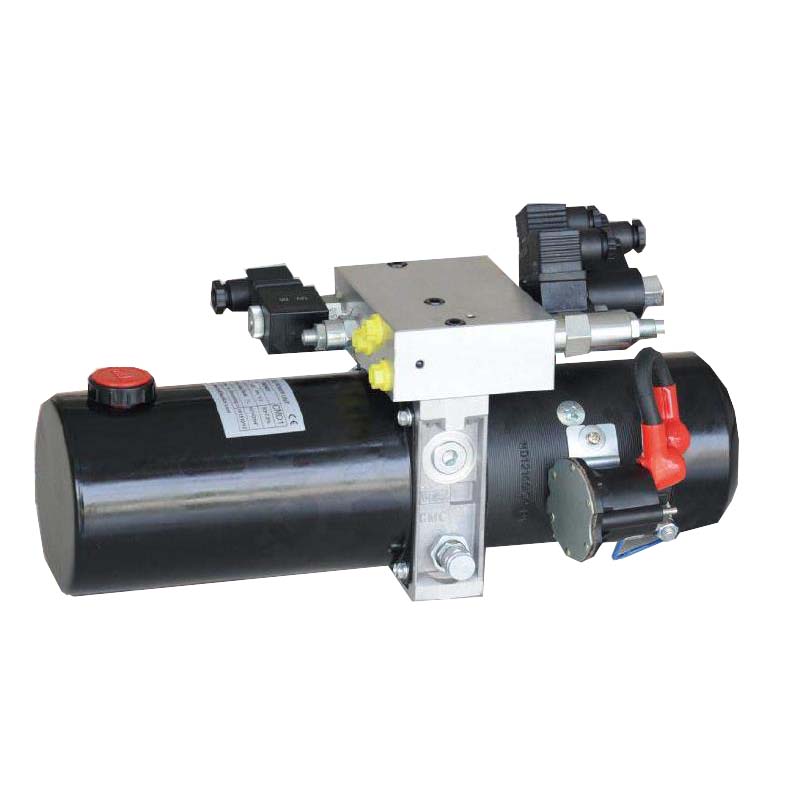Safety Aspects of Hydraulic Power Units
hydraulic power units (HPUs) are generally safe when designed, installed, operated, and maintained correctly.
However, as with any machinery or power system, inherent risks are associated with hydraulic systems.
Safety considerations are crucial to prevent accidents, injuries, or damage.
Here are some factors that contribute to the safety of Hydraulic power units:
Design and Manufacturing:
Hydraulic power units should be designed and manufactured in compliance with industry standards and regulations.
Components should meet quality and safety standards to ensure reliability and reduce the risk of failures.
Installation:
Proper installation is critical for the safe operation of hydraulic power units.
Installation should follow manufacturer guidelines and industry best practices.
This includes correct alignment, secure mounting, and appropriate connections.
Fluid Selection and Maintenance:
The hydraulic fluid used in the system should be compatible with system components and provide proper lubrication.
Regular maintenance, including fluid checks and replacements, helps prevent issues like contamination, corrosion, and overheating.
Pressure Relief Devices:
Hydraulic Systems should be equipped with pressure relief valves to prevent overpressurization.
These devices release excess pressure to protect the system and components from damage, reducing the risk of catastrophic failures.
Operator Training:
Operators should be properly trained to understand the system's operation, potential hazards, and safe working procedures.
Training includes proper use of controls, emergency procedures,
and the importance of wearing appropriate personal protective equipment (PPE).
Safety Labels and Instructions:
Clearly labeled controls, safety instructions, and warning labels should be provided on the hydraulic power unit.
This information helps operators understand potential risks and proper operating procedures.
Emergency Stop Features:
Hydraulic power units should be equipped with emergency stop features to quickly shut down the system in case of an emergency.
This helps prevent accidents and minimizes the impact of failures.
Regular Inspections:
Regular inspections of the hydraulic power unit and associated components are essential.
This includes checking for leaks, loose connections, damaged hoses, and any signs of wear or fatigue.
Environmental Considerations:
Hydraulic systems should be designed to minimize environmental impact. This includes preventing hydraulic fluid leaks and spills,
as well as proper disposal of fluids and components at the end of their life cycle.
Compliance with Standards:
Ensure that the hydraulic power unit complies with relevant safety standards and regulations applicable to your industry or region.
It's important to consult the manufacturer's documentation and follow recommended maintenance and safety procedures.
Additionally, regular risk assessments and safety audits can help identify and address potential hazards in hydraulic systems.
Saivs brand
- hydraulic winch with free lowering function
- A10VSF28 Rexroth Hydraulic Pump Parts
- Manual Electric Stacker
- A4V40~250/A4VFO28/A4VSO40~500 Rexroth Hydraulic Pump Parts
- Snow Plow - Power device
- T67 Series High Performance Vane Pumps
- A2F5-1000 Rexroth Hydraulic Pump Parts
- Hydraulic Cylinder For Large Square Baler
- eaton vickers pvh series straight axle variable displacement pump
- PAVC Parker Hydraulic pump
